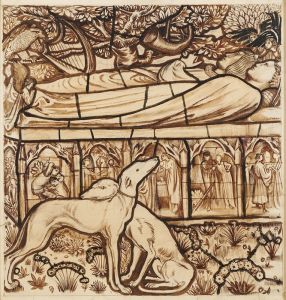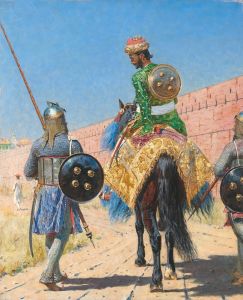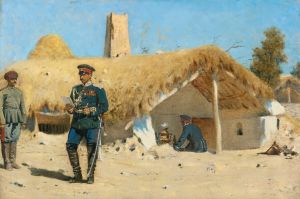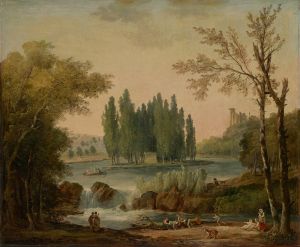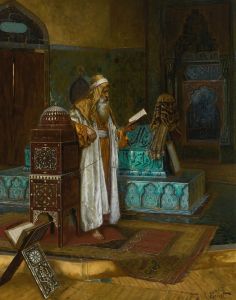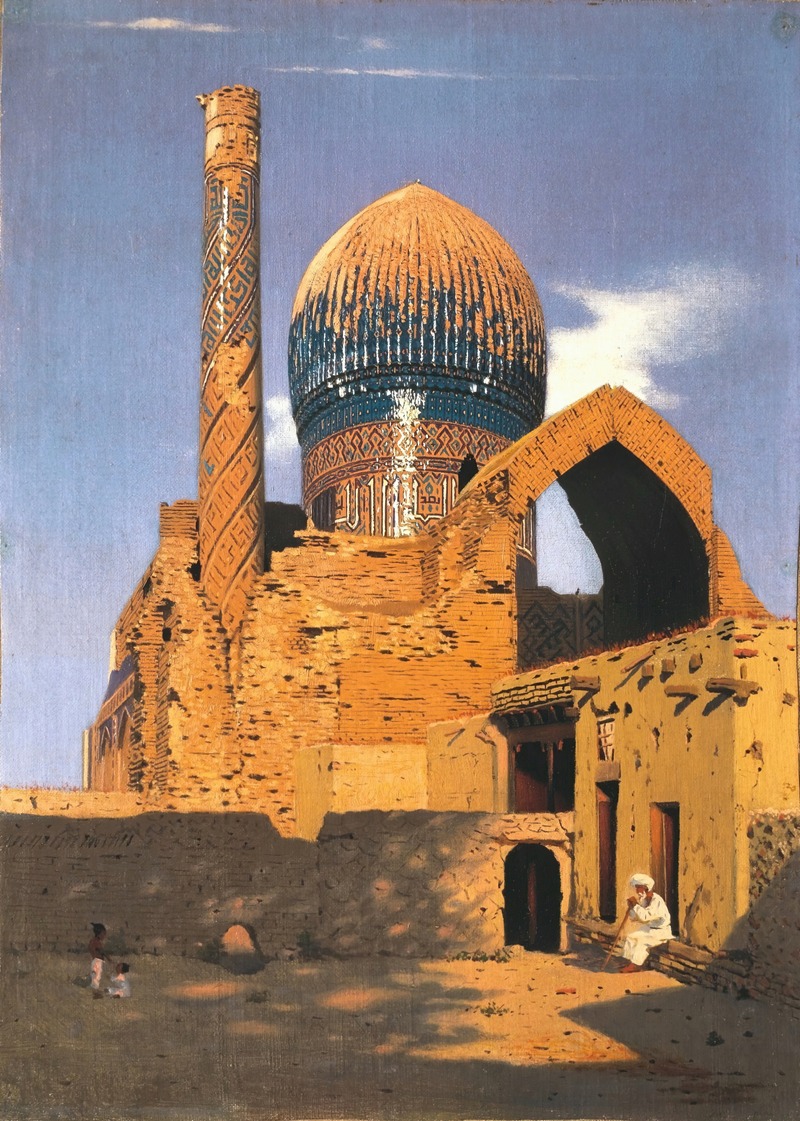
Gur Emir mausoleum. Samarkand
A hand-painted replica of Vasily Vereshchagin’s masterpiece Gur Emir mausoleum. Samarkand, meticulously crafted by professional artists to capture the true essence of the original. Each piece is created with museum-quality canvas and rare mineral pigments, carefully painted by experienced artists with delicate brushstrokes and rich, layered colors to perfectly recreate the texture of the original artwork. Unlike machine-printed reproductions, this hand-painted version brings the painting to life, infused with the artist’s emotions and skill in every stroke. Whether for personal collection or home decoration, it instantly elevates the artistic atmosphere of any space.
Vasily Vereshchagin, a renowned Russian painter and one of the most famous war artists of the 19th century, created the painting "Gur Emir Mausoleum, Samarkand" during his travels in Central Asia. Vereshchagin is known for his detailed and realistic depictions of historical and cultural landmarks, as well as his commitment to portraying the regions he visited with accuracy and respect.
The Gur-e-Amir (also spelled Gur Emir) is a mausoleum located in Samarkand, Uzbekistan. It is one of the most significant architectural monuments of the Timurid Empire and serves as the final resting place of the conqueror Timur (Tamerlane) and his descendants. Constructed in the early 15th century, the mausoleum is an iconic example of Timurid architecture, characterized by its grand dome, intricate tilework, and harmonious proportions. The structure has been a source of inspiration for later architectural developments in the region, including the Mughal architecture of India.
Vereshchagin visited Samarkand in the 1860s and 1870s during his travels through Central Asia. His journey coincided with the expansion of the Russian Empire into the region, which brought increased attention to the cultural and historical heritage of Central Asia. Vereshchagin's works from this period often reflect his fascination with the local architecture, landscapes, and people. His painting of the Gur-e-Amir captures the mausoleum's grandeur and its significance as a historical and cultural landmark.
The painting is notable for its meticulous attention to detail, showcasing the intricate patterns and vibrant colors of the mausoleum's tilework. Vereshchagin's use of light and shadow emphasizes the architectural features of the structure, highlighting its monumental scale and artistic beauty. The painting also provides a glimpse into the surrounding environment, offering viewers a sense of the mausoleum's context within the city of Samarkand.
As with many of Vereshchagin's works, "Gur Emir Mausoleum, Samarkand" serves as both an artistic achievement and a historical document. It reflects the artist's dedication to capturing the essence of the places he visited and preserving their cultural heritage through his art. Today, the painting is recognized as an important representation of the Gur-e-Amir and a valuable contribution to the study of Central Asian history and architecture.
While the exact location of this specific painting and its current status are not widely documented, Vereshchagin's works are held in various museums and collections around the world, including the State Tretyakov Gallery in Moscow and other institutions dedicated to Russian art.






